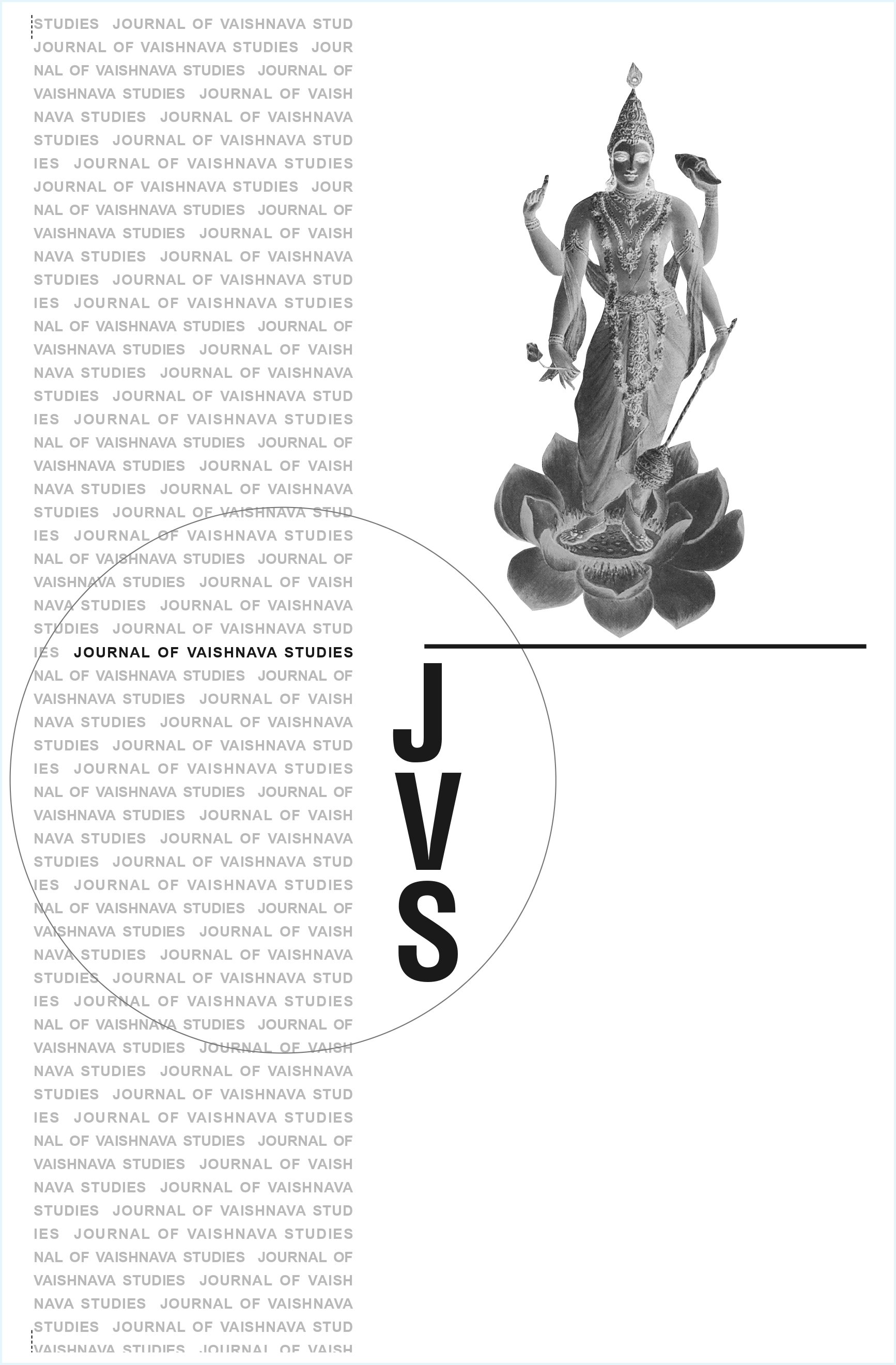Sita's Story (in the Valmiki Ramayana)
Keywords:
Sita, Valmiki Ramayana, Goddess, Rama, Ravana, Artemis, Persephone, Divine Incarnation, Human Condition, Lanka, Bhudevi, Narrative AnalysisAbstract
Abstract: Sita's Story (In the Valmiki Ramayana) This article by Mary Damon Peltier challenges singular interpretations of Sita in the Valmiki Ramayana, highlighting the seemingly contradictory descriptions of her character. Rather than reconciling these inconsistencies, the author focuses on specific events in Sita's narrative to reveal her multifaceted identity, moving beyond her conventional role as solely Rama's wife or Ravana's victim. Peltier draws compelling parallels between Sita's story and Greek goddess myths, comparing her to Artemis (goddess of the wild and hunt) through her affinity for the forest and animals, and to Persephone (daughter of the earth, abducted into the underworld) due to her unique birth from the earth and abduction by Ravana to Lanka, the "city of death." The analysis emphasizes the constant tension between Sita's divine nature and her human condition as an incarnation. The article traces Sita's journey from her extraordinary birth, her independent decision to accompany Rama into exile, her comfort and growing self-awareness in the forest, and her initiation by the ascetic Anasuyato to prepare her for the confrontation with the demonic forces. Crucially, it explores Sita's active resistance and increasing self-awareness during her captivity in Lanka, showcasing her agency and the shifting allegiances of the female titans guarding her. Ultimately, the article portrays Sita as a powerful figure whose actions, fueled by both human resolve and emerging divine consciousness, drive the narrative and Ravana's downfall.Published
1995-10-20
Issue
Section
Articles





